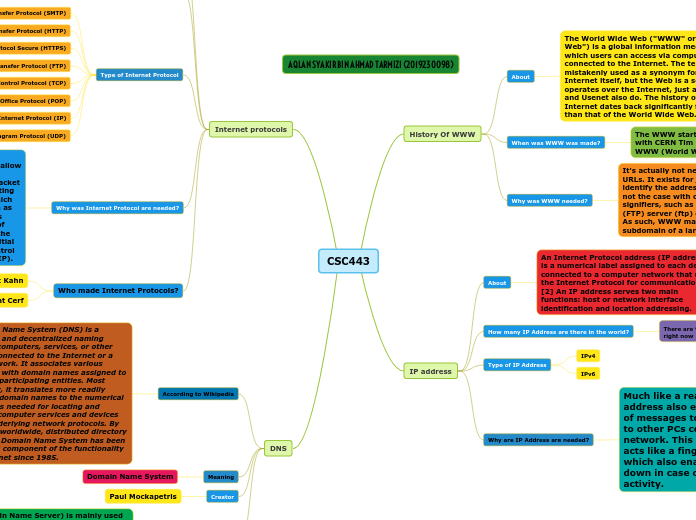door Aqlan Syakir 4 jaren geleden
253
CSC443
The Domain Name System (DNS) is essential for the functionality of the Internet, providing a hierarchical and decentralized way to associate domain names with numerical IP addresses.

door Aqlan Syakir 4 jaren geleden
253

Meer zoals dit
Subtopic